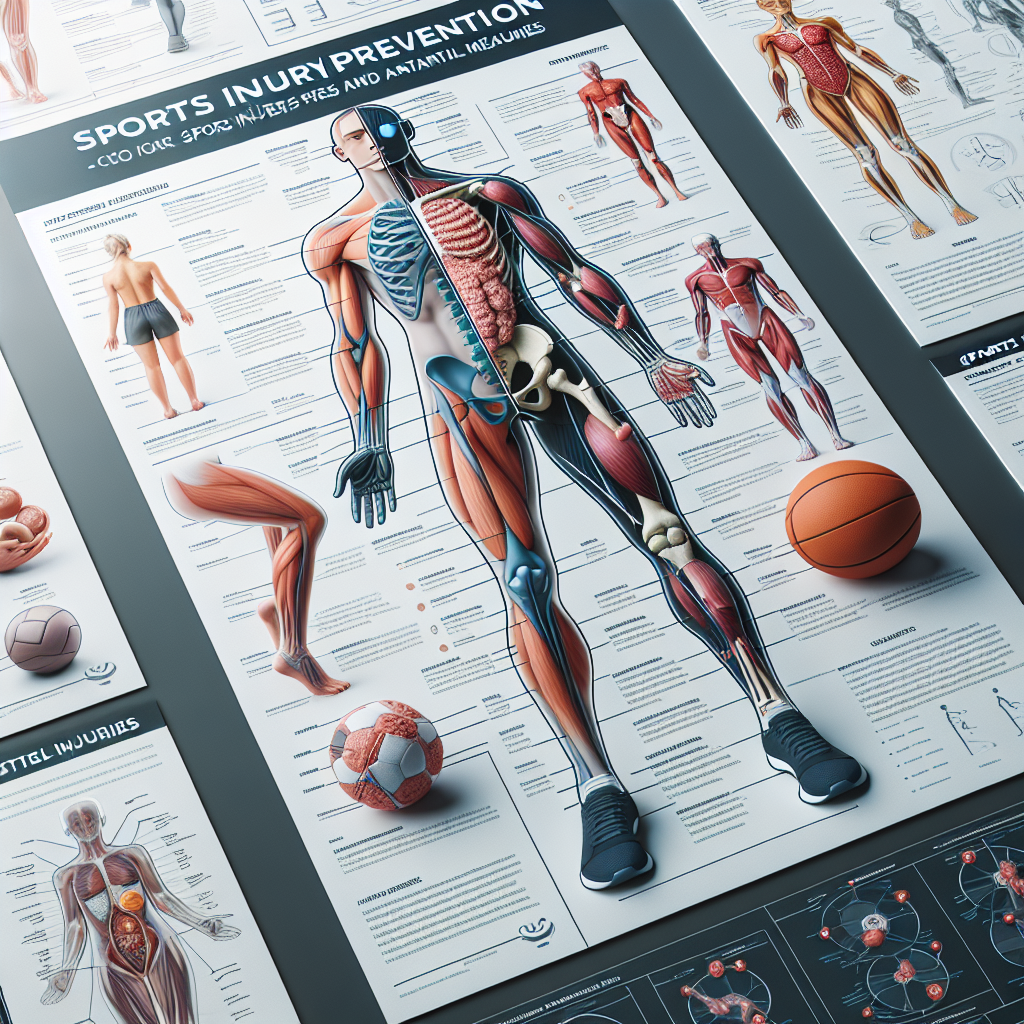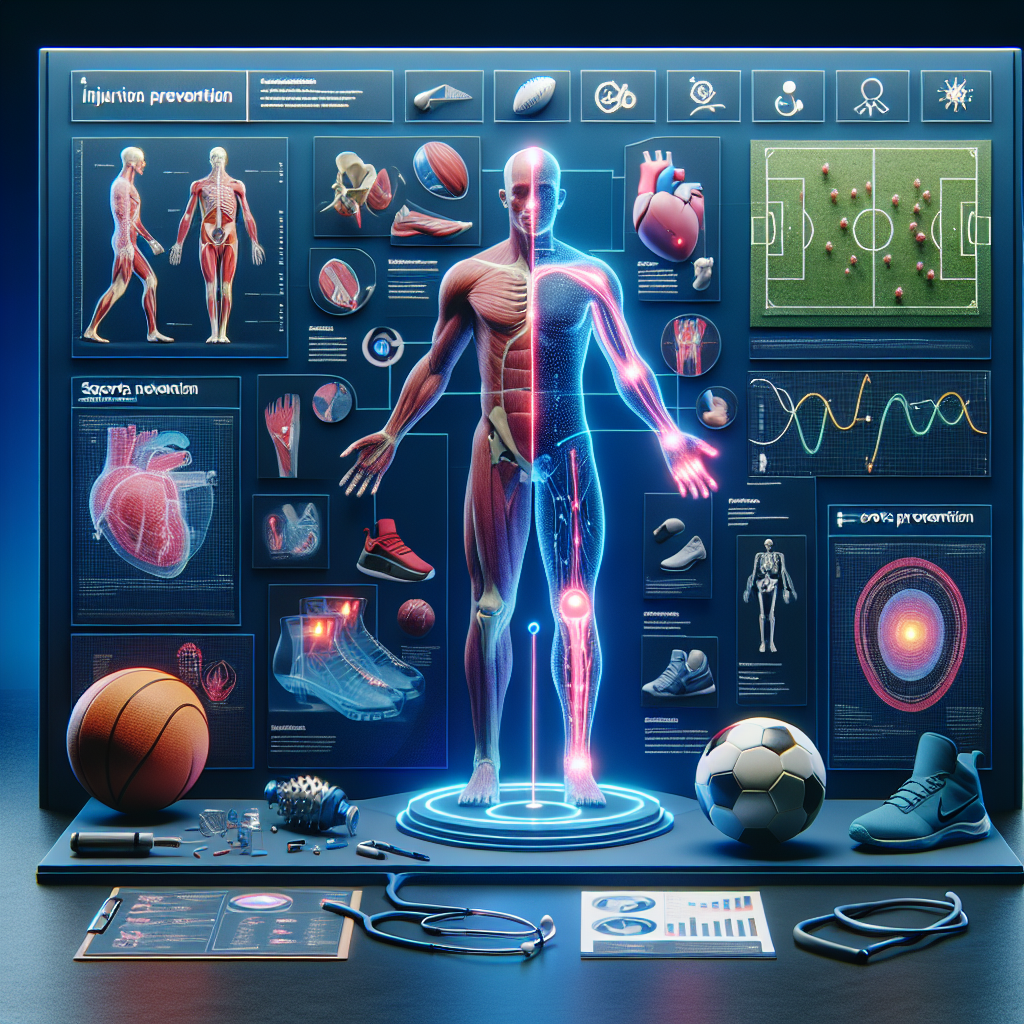
Sports Injury Education Sports Medicine Houston Offers Valuable Insights
Sports enthusiasts require a thorough grasp of injury management to maintain their performance and well-being.
A solid foundation in athletic training equips both athletes and coaches with the tools to handle injuries effectively.
Programs available in Houston prioritize various aspects of rehabilitation, ensuring injured individuals receive appropriate treatment.
Familiarity with injury prevention strategies can significantly mitigate risks linked to physical activity.
Local experts highlight the significance of personalized training techniques to optimize performance and recovery.
With adequate knowledge, athletes can manage their rehabilitation journeys with greater confidence.
Resources such as workshops, seminars, and access to specialized physical therapy professionals greatly enhance educational opportunities
Click here to learn more about: sports medicine.html
Understanding Sports Injuries
Sports activities can lead to various forms of physical harm affecting individuals at any skill level. These injuries, often resulting from mishaps during athletic endeavors, manifest in several ways, such as sprains, strains, fractures, and tendonitis.
A solid grasp of different types of injuries is significant for maintaining musculoskeletal health among athletes.
Factors like overuse and sudden trauma can increase the risk of these injuries, emphasizing the importance of effective exercise physiology principles.
Recognizing early warning signs, including swelling or persistent pain, allows for timely intervention. If symptoms do linger, seeking medical assistance becomes a priority.
This awareness not only helps athletes safeguard their well-being but also enhances recovery through appropriate treatment strategies.

Importance Of Injury Prevention
Prioritizing safety is fundamental for anyone involved in sports, as it lays the groundwork for a successful athletic journey. Injuries can derail an athlete’s progress, but proactive measures can significantly diminish their occurrence.
Emphasizing pain management not only encompasses the identification of risks but also involves implementing recovery strategies tailored to individual needs.
Common injuries, such as sprains or fractures, can often be avoided through effective training and proper technique.
A focus on performance enhancement allows athletes to achieve their goals while ensuring longevity in their sport. This holistic approach fosters a culture where concussion awareness and safety are paramount, ultimately leading to healthier athletic careers.
Transitioning from this commitment to safety, the role of athletic training in recovery becomes critical in sustaining an athlete’s journey.
Sports Safety and Recovery
- Injuries account for approximately 50% of all sports-related disruptions, highlighting the need for preventive measures.
- Implementing tailored recovery strategies can reduce the risk of re-injury by up to 60% in athletes.
- Proper technique and effective training can prevent common injuries like sprains and fractures in 70% of cases.
- Concussion awareness programs have been shown to decrease the incidence of head injuries by 30% in contact sports.
Role Of Athletic Training In Recovery
After sustaining an injury, athletes require tailored assistance to restore their physical capabilities. Support from trained healthcare professionals is integral to this recovery process.
Athletic trainers assess injuries and develop personalized recovery plans.
They create structured fitness programs that incorporate therapeutic exercises designed to meet the athlete’s specific needs, ensuring a focused approach to healing.
Athletic trainers educate athletes about their injuries, empowering them to prevent future issues effectively. By facilitating faster recovery times and enhancing overall performance, athletic trainers are invaluable in guiding athletes through their fitness journey.
Transitioning from the importance of injury prevention, it’s clear that knowledge of rehabilitation strategies, particularly through sports science, is a key element in achieving optimal recovery outcomes.
What Is Sports Science In Rehabilitation
Applying scientific principles to recovery processes can significantly improve results for athletes. Multiple disciplines contribute to effective injury assessment, including biomechanics and psychology.
These areas help develop tailored rehabilitation programs that address the unique requirements of each individual.
Research supports the integration of sports nutrition and medical interventions to foster healing.
A focus on joint stability is also key, ensuring athletes regain strength and functionality. Such a comprehensive approach not only facilitates recovery but also enables the implementation of long-term injury prevention strategies.
Transitioning from this topic, it’s important to explore how athletic training plays a role in enhancing recovery experiences.
Benefits Of Physical Therapy For Athletes
A well-structured regimen can significantly enhance an athlete’s journey towards optimal performance. A primary advantage of focused rehabilitation programs is enhanced recovery, as tailored approaches significantly accelerate recuperation times.
Therapeutic exercises are pivotal in restoring strength and flexibility, allowing athletes to return to training swiftly and safely.
Another important area is the development of injury prevention strategies.
Physical therapists assess athletes and create customized training regimens emphasizing biomechanics and movement patterns. This proactive methodology minimizes injury risks, cultivating a safer athletic atmosphere.
Specialized techniques contribute to improved performance by enhancing agility and endurance. Specific modalities can elevate strength training, providing athletes with a competitive edge.
The psychological benefits are equally important, influencing motivation and mental resilience, which are critical during recovery and training phases. As athletes become more aware of their physical limitations and strengths, their commitment to strength training, flexibility training, and the use of protective equipment in conjunction with acute care strategies enhances their overall performance and longevity in the sport.
Exploring Injury Risk Factors In Sports
Recognizing the various elements influencing athlete safety is a fundamental aspect of sports participation. Identifying these elements, such as past injuries and age, assists in effective chronic management strategies.
External factors including training intensity and equipment quality also contribute significantly to injury likelihood.
Tailored programs focused on strength and flexibility are paramount to ensuring optimal performance.
Environmental aspects like weather conditions and playing surfaces require careful consideration as well. Integrating sports therapy techniques can provide effective methods to reduce risks and enhance athlete resilience.
Promoting awareness and including patient education on these factors fosters a safer athletic experience. This understanding seamlessly connects to the discussion of how biomechanics can further elevate performance and minimize injury through improved movement efficiency.
Athlete Safety
- Past injuries and age are critical factors in assessing an athlete’s risk for future injuries.
- High training intensity and poor-quality equipment significantly increase the likelihood of sports injuries.
- Customized strength and flexibility programs are essential for maintaining peak athletic performance.
- Environmental conditions, such as weather and playing surfaces, must be carefully evaluated to ensure athlete safety.
How Biomechanics Affects Athletic Performance
Success in sports relies heavily on the precise movements of the human body.
Insights from biomechanics enable athletes to enhance their athletic performance while minimizing injury opportunities.
For example, effective force production facilitates smoother transitions during competition.
Various analysis techniques within sports coaching are employed to refine skills and improve efficiency.
Proper training incorporating these principles can lead to significant advancements in speed and agility.
As the field of wellness programs continues to evolve, the integration of biomechanical knowledge becomes vital for peak performance.
Empowered with this expertise, athletes are better positioned to maximize their potential
The Impact Of Nutrition On Recovery
Effective recovery from sports injuries requires more than just adequate rest; nutrition plays a key role in optimizing this process. Strategic dietary choices can greatly influence recovery timelines by supplying necessary nutrients to aid in muscle repair and replenish energy stores.
By focusing on protein, athletes can enhance muscle recovery, while the intake of carbohydrates restores depleted glycogen levels and mitigates injury risk factors.
Proper hydration is important as it helps maintain fluid balance, which is essential during recovery.
Insufficient nutrition may prolong downtime and exacerbate injury risk, highlighting the importance of athlete education regarding nutritional strategies.
Micronutrients such as vitamins and minerals are significant for a quicker recovery, as they help reduce inflammation and bolster immune function. The role of antioxidants cannot be overlooked, as they combat oxidative stress, which may rise following intense exercise. Effective recovery strategies should integrate these nutritional aspects, ensuring athletes are equipped with the knowledge and tools to address injury risk factors through motion analysis, athlete education, and functional rehabilitation.
- Protein intake is essential for muscle repair and recovery post-injury.
- Carbohydrates help restore glycogen levels, which are crucial for energy replenishment.
- Micronutrients, including vitamins and minerals, play a vital role in reducing inflammation and supporting immune function during recovery.
- Antioxidants help combat oxidative stress that increases after intense physical activity.
Essential First Aid For Sports Injuries
Being prepared to address injuries during physical activity is an invaluable skill for athletes and coaches alike. Identifying Common Sports Injuries is important for effective emergency response.
Sprains, strains, and fractures are among the most frequently encountered issues.
Early recognition of symptoms can significantly aid in preventing further complications.
Attending to injuries promptly can lead to improved recovery outcomes.
Immediate First Aid Steps consist of the R. I. C. E.
Method: Rest, Ice, Compression, and Elevation. These measures are fundamental for initial response and can stabilize injuries while assistance is awaited.
When to Seek Professional Help varies depending on the injury’s severity.
Awareness of warning signs can expedite treatment and enhance healing. Education and Prevention Strategies stress the importance of emergency response, community outreach, personal training, and performance coaching for effective risk management.
Strategies For Effective Pain Management
Finding ways to alleviate discomfort involves an approach tailored to individual circumstances. Utilizing therapeutic modalities can significantly enhance recovery mechanisms.
By developing a personalized pain management plan, one can embrace both physical and psychological strategies.
Prevention also plays a significant part; effectively integrating measures can help circumvent future sports injuries.
Educating athletes about their specific conditions encourages a proactive mindset. Alongside rehabilitation techniques, exercise prescriptions are crucial for building strength while reducing discomfort.
Collaboration between healthcare professionals and trainers establishes comprehensive orthopedic care, fostering optimal performance and resilience against lingering pain.
Anatomy 101 Understanding Sports Injuries At Sports Medicine Houston
